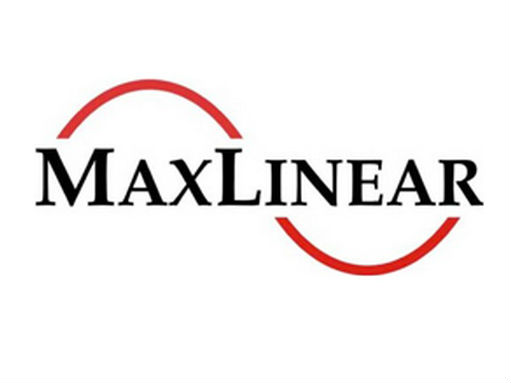MaxLinear Puts Up $21M for Marvell’s G.hn Business

MaxLinear Inc. last week put up $21 million in cash for Marvell’s G.hn business, a deal that gives the chipmaker a foray into home networking technology that, it says, will complement its Multimedia over Coax Alliance (MoCA) business.
MaxLinear, which got into the MoCA market in the spring of 2015 via its acquisition of Entropic Communications, says it expects to close the deal for Marvell’s G.hn business sometime in Q2 2017.
RELATED: MaxLinear Wraps Up Entropic Deal
G.hn, based on standards developed by the International Telecommunications Union, runs on a variety of home wiring, including coax, phone lines, powerlines and plastic optical fiber. HomeGrid Forum, which is tied to G.hn, includes promoter members such as AT&T, BT, KT Telecom and Chunghwa Teleco. Of recent note, Arris is using G.hn for a new line of “RipCurrent” routers and extenders sold at retail that use powerline technology in tandem with WiFi.
“G.hn is truly complementary to MoCA,” MaxLinear CEO Kishore Seendripu said on the company’s Q4 call last Wednesday (Feb. 8). While MoCA is adept at high-speeds networking on home coax lines, he said G.hn is “ideally suited” for electrical twisted pair and powerline networks.
The pending acquisition, he added, will also enable MaxLinear to secure “several strategic tier 1 telco operator engagements and design wins,” including those with South Korea’s KT Telecom, China Telecom, and Reliance in India, among others.
MaxLinear CTO Adam Spice said the G.hn business being acquired has “nascent revenues” in the “low single-digital millions of dollars’ in the Q1/Q2 2017 timeframe,” but gives MaxLinear “a strong pipeline of design wins and platforms that are already ramping.”
Multichannel Newsletter
The smarter way to stay on top of the multichannel video marketplace. Sign up below.
As for the complementary nature of the technologies, Seendripu said telecom operators that “subscribe to the ITU standards do not use MoCA for the distribution inside the home.”
He added that “MoCA is far superior to G.hn,” but said G.hn “wave two technology” from Marvell enables on twisted pair “gigabit- plus data rates that otherwise was not possible in the past.”
That, he said, will allow MaxLinear to sell the G.hn product to telcos that are deploying xDSL, G.fast or fiber largely outside North America.
On the MoCA front, Seendripu said the company’s next-gen MoCA 2.5 platform, which can reach up to 3 Gbps, is on track to ramp in the second half of 2017. MaxLinear’s MoCA technology is also “morphed” in to its c.LINK platform, which provides low-cost access infrastructure for MDUs and is already being deployed by several cable MSOs in China.
Regarding DOCSIS 3.1, he expects that part of MaxLinear’s business to become a “very meaningful growth driver in second half of 2017.” D3.1 product growth rose by more than two times in Q4, but remains “a small part of our cable data mix,” Seendripu said.
Also in the second half of this year, MaxLinear expects to start sampling silicon for Full Duplex DOCSIS, an extension of DOCSIS 3.1 that supports symmetrical speeds up to 10 Gbps.
RELATED: ‘Full Duplex’ DOCSIS Speeds Ahead
MaxLinear posted Q4 revenues of $87.1 million, down 12% from the year-ago quarter, and net income of $8.3 million (12 cents per share). For Q1 2017, the company expects revenues of $86 million to $90 million.
